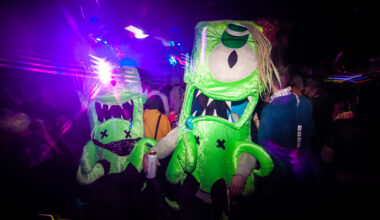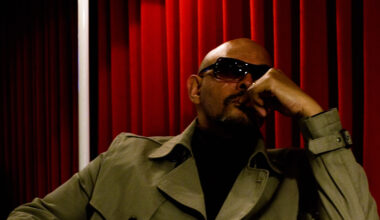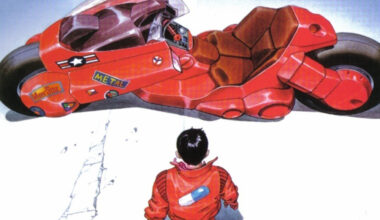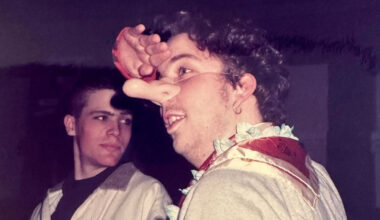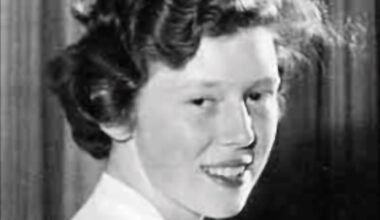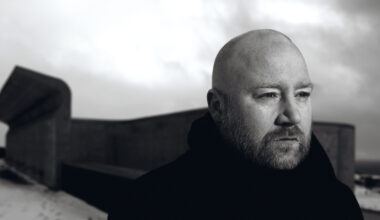Langham Research Centre are fanatical about tape manipulation and the sonic smorgasbord that surrounds us. And if you have ever wondered what an abandoned nuclear weapons testing site overlooking the North Sea sounds like…
Want to read more?
Sign up to Electronic Sound Premium to gain access to every post, video, special offers, and more. 100%, all you can eat, no commitment, cancel any time.
Already a premium member? Log in here

